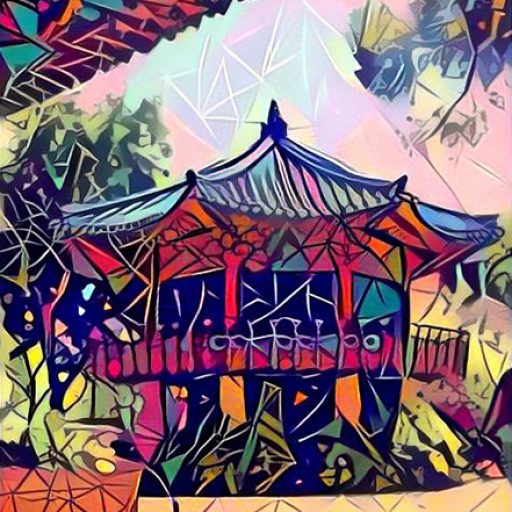
Title:
Agnes Rho Chun Collection
Identifier:
AM-033
Abstract
Agnes Eun Soon Rho Chun was born in Honolulu on June 9, 1925. Her parents, Hee Chang Rho and Young Hee Chi Rho, were from Ong Jin in Hwanghae-do, Korea. Chun lived in the Palama neighborhood with her parents, two brothers, and two sisters. Her mother worked in a cannery and took in sewing to support the family because her father was in poor health. He died in 1935 when Chun was a third-grader at Ka'iulani School. Chun's oldest brother and sister were pulled out of school to work. When she was fourteen, Chun borrowed the social security card of an older girl in order to work summers as a trimmer and packer in the pineapple cannery. She went to Kalakaua Intermediate School, then to McKinley High School, but her education was
interrupted by World War II.
Chun was sixteen and a high school junior on December 7, 1941. Chun helped with wartime registration and fingerprinting. With school temporarily closed, she worked as a messenger, and later a timekeeper, at Ford Island in 1942. Following what would have been her senior year, she spent a half day in school and a half day working at Ford Island, which enabled her to graduate in 1944. In her career in government service, Chun held various supervisory accounting positions, including that of comptroller in the Pacific Third Fleet. She worked in Korea as financial manager with the army before retiring in 1980 with thirty-eight years of service. She was married in 1949 to Soon Ho Chun, a teacher. She has three children. Agnes Chun was widowed in 1980. This biographical information is from An Era of Change: Oral Histories of Civilians in World War II Hawaii (See http://hdl.handle.net/10125/29861). See also the interview in the Roberta Chang Collection, videocassette 18.
The Agnes Rho Chun collection consists of two boxes of files kept by Chun. The preponderance of the material relates to the observance of the seventy-fifth anniversary of the beginning of Korean immigration to Hawaii. These files include lists of resident Koreans and picture brides compiled in preparation for the observance. Also present are files on the Korean Community Council and the Korean Chamber of Commerce. A few photographs, several of Syngman Rhee, are also in the collection. Some of these photographs can be found on line in the Center for Korean Studies Digital Archive (http://cksdigital.manoa.hawaii.edu/photo/).
